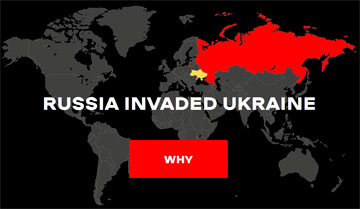Buffer overflow in hostapd
| Risk | Medium |
| Patch available | YES |
| Number of vulnerabilities | 1 |
| CVE-ID | CVE-2015-4142 |
| CWE-ID | CWE-119 |
| Exploitation vector | Network |
| Public exploit | N/A |
| Vulnerable software |
hostapd Server applications / Remote access servers, VPN |
| Vendor | Jouni Malinen |
Security Bulletin
This security bulletin contains one medium risk vulnerability.
1) Buffer overflow
EUVDB-ID: #VU32295
Risk: Medium
CVSSv4.0: 2.7 [CVSS:4.0/AV:N/AC:L/AT:N/PR:N/UI:N/VC:N/VI:N/VA:L/SC:N/SI:N/SA:N/E:U/U:Green]
CVE-ID: CVE-2015-4142
CWE-ID:
CWE-119 - Memory corruption
Exploit availability: No
DescriptionThe vulnerability allows a remote non-authenticated attacker to perform service disruption.
Integer underflow in the WMM Action frame parser in hostapd 0.5.5 through 2.4 and wpa_supplicant 0.7.0 through 2.4, when used for AP mode MLME/SME functionality, allows remote attackers to cause a denial of service (crash) via a crafted frame, which triggers an out-of-bounds read.
MitigationInstall update from vendor's website.
Vulnerable software versionshostapd: 0.5.5 - 2.4
CPE2.3- cpe:2.3:a:jouni_malinen:hostapd:0.5.5:*:*:*:*:*:*:*
- cpe:2.3:a:jouni_malinen:hostapd:2.4:*:*:*:*:*:*:*
https://lists.fedoraproject.org/pipermail/package-announce/2015-November/171401.html
https://lists.fedoraproject.org/pipermail/package-announce/2015-November/172608.html
https://lists.fedoraproject.org/pipermail/package-announce/2015-November/172655.html
https://lists.opensuse.org/opensuse-updates/2015-06/msg00019.html
https://rhn.redhat.com/errata/RHSA-2015-1090.html
https://rhn.redhat.com/errata/RHSA-2015-1439.html
https://w1.fi/security/2015-3/integer-underflow-in-ap-mode-wmm-action-frame.txt
https://www.debian.org/security/2015/dsa-3397
https://www.openwall.com/lists/oss-security/2015/05/09/5
https://www.openwall.com/lists/oss-security/2015/05/31/6
https://www.securitytracker.com/id/1032625
https://www.ubuntu.com/usn/USN-2650-1
https://security.gentoo.org/glsa/201606-17
Q & A
Can this vulnerability be exploited remotely?
Yes. This vulnerability can be exploited by a remote non-authenticated attacker via the Internet.
How the attacker can exploit this vulnerability?
The attacker would have to send a specially crafted request to the affected application in order to exploit this vulnerability.
Is there known malware, which exploits this vulnerability?
No. We are not aware of malware exploiting this vulnerability.
